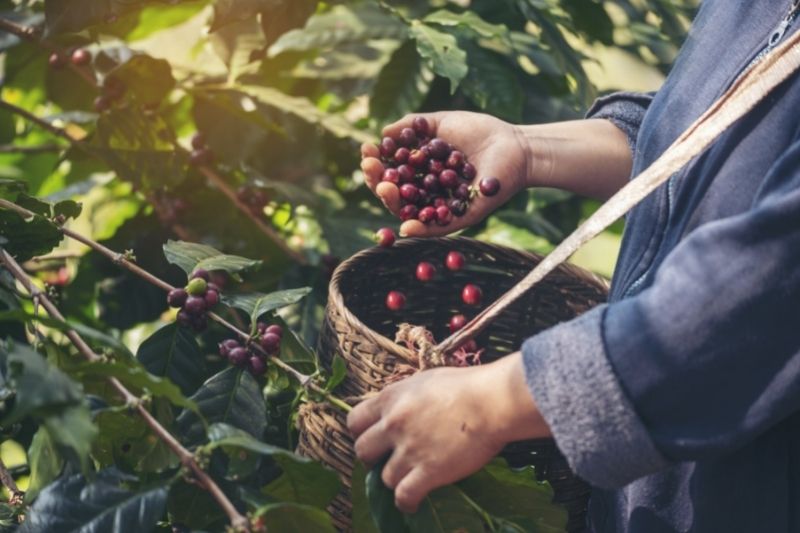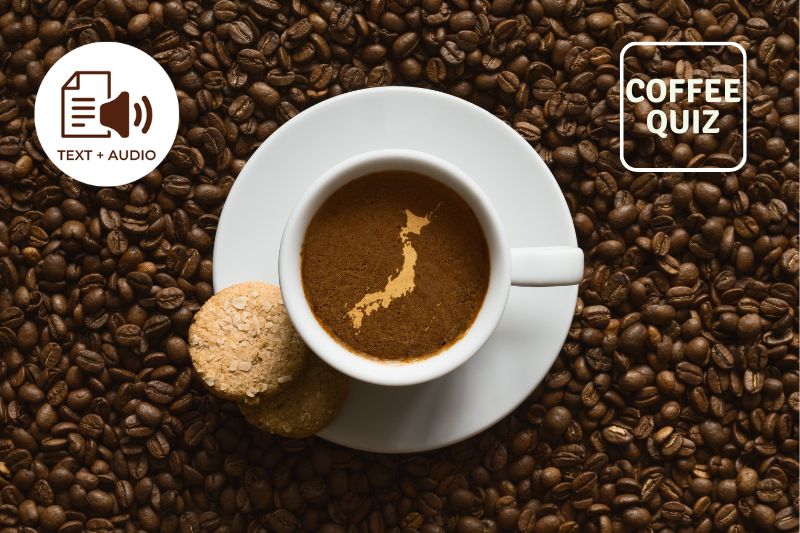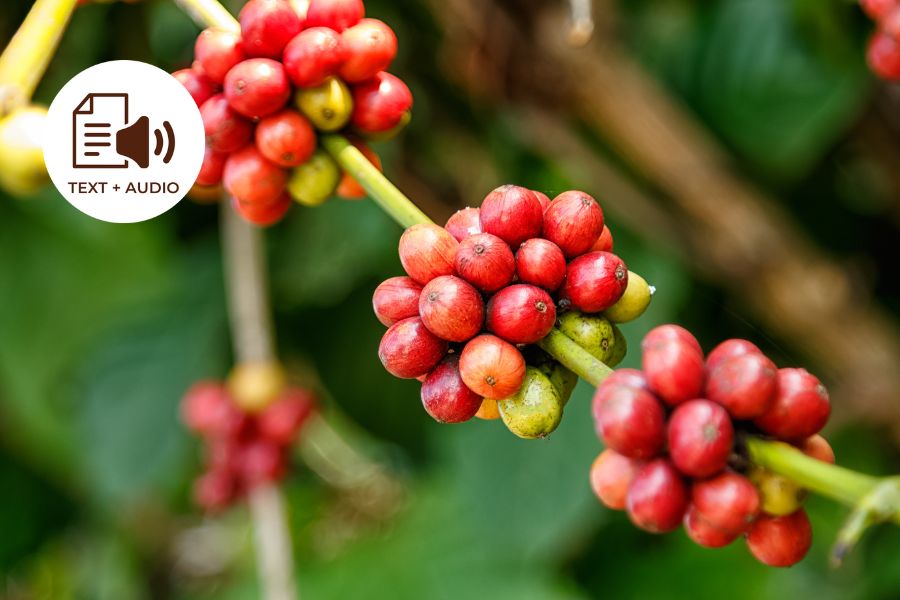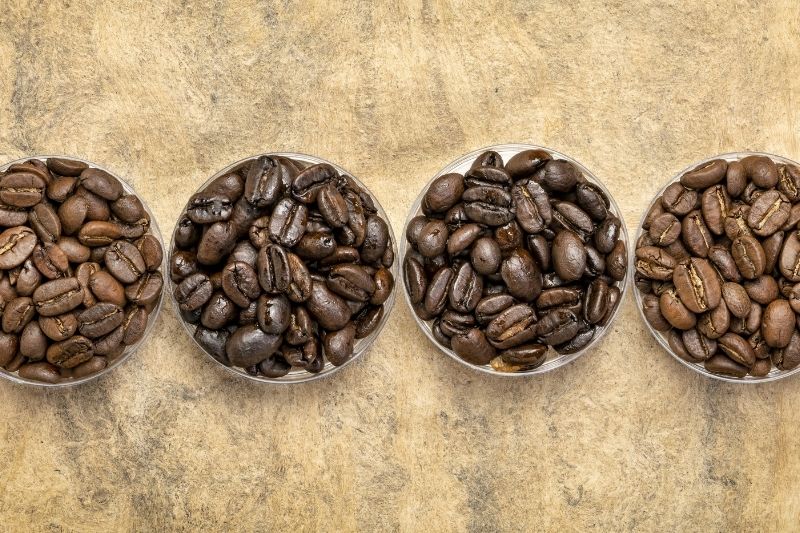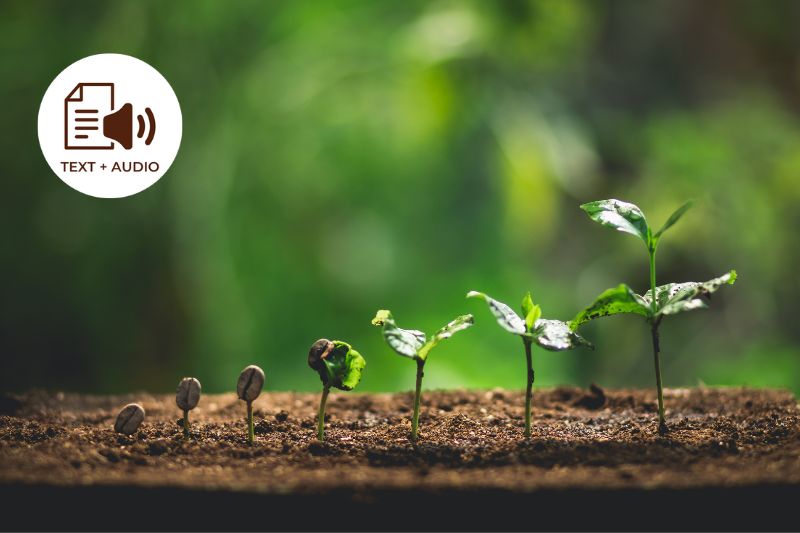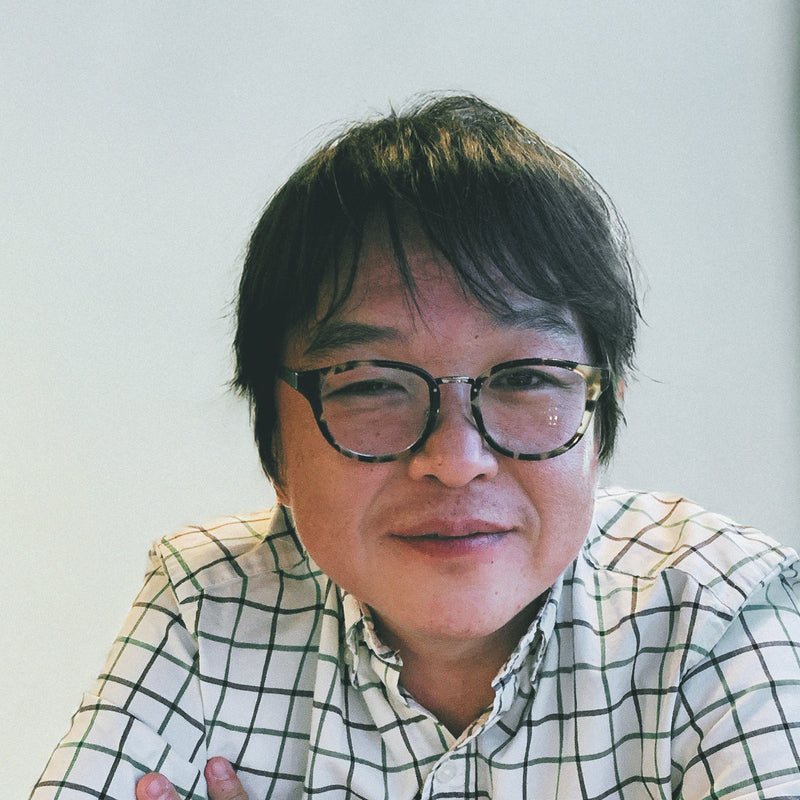Where the world is currently at, it’s impossible not to feel a little apprehensive. Humankind has spent centuries mindlessly depleting the planet’s natural resources and harming the environment. Unfortunately, it has come to the point where we’re finally feeling the consequences of our own poor and mindless stewardship.

These effects are a clear and present danger, so much so that world leaders have convened to come up with solutions to stymie these negative consequences and prevent the other predicted repercussions of past follies. For this reason, we now have the Sustainable Development Goals or SDGs. These objectives were adopted as a universal call-to-action by the United Nations back in 2015 with the aim of putting an end to poverty, safeguarding the planet, and achieving global peace and prosperity by the year 2030.
Living in the USA, I don’t hear this word often, but when I read and watch Japanese TV, people talk a lot about SDGs these days. So I decided to write this article specifically talking about SDGs and Coffee. Please let me know what you think.
The 17 Sustainable Development Goals
The SDGs are integrated to ensure that achieving each one can be done without compromising success in other areas. Overall, they must balance environmental, economic, and social sustainability. It’s crucial that we be conscious of what they are since their success rests on the premise that all of us together is to work toward them. So what are they?
- No poverty.
- Zero hunger.
- Good health and well-being.
- Quality education.
- Gender equality.
- Clean water and sanitation.
- Affordable and clean energy.
- Decent work and economic growth.
- Industry, innovation, and infrastructure.
- Reduced inequalities.
- Sustainable cities and communities.
- Responsible consumption and production.
- Climate action.
- Life below water.
- Life on land.
- Peace, justice, and strong institutions.
- Partnerships for the goals.

Sustainability and the Coffee Industry
The goals are the burden of the government. Still, implementation affects all industries as it’s technically the entire world that is supposedly aspiring to a more sustainable way of doing things. For the successful achievement of these goals, a collective effort from all sectors is called for.
Sustainability Challenge
In the case of the coffee industry, adopting more sustainable practices can be a complex undertaking. Fortunately, several programs are in place to help guide the different areas of coffee-oriented businesses to stay on track in terms of sustainability goals. There is actually an ongoing sustainability challenge for coffee businesses. In navigating the 17 SDGs, this coffee industry initiative, as seen on sustaincoffee.org, is pushing for eight key outcomes:
- Income
- Access
- Equality
- Water quality
- Forests
- Purchase of sustainable coffee
- Productivity
- Quality
Everything hinges on the different areas coordinating to achieve a balance. Responsible production must be succeeded by responsible consumption. This way, economic development for those who produce coffee is enabled without sacrificing clean water and conservation of life on land. This means that through all the stages of the coffee industry cycle, concerted efforts must be made to ensure that poverty is alleviated, food security is achieved, sustainable agriculture is promoted, and climate change is combated with particular attention on the way it impacts coffee production.

Sustainability Certifications
There are available standards and certifications that align with the desired outcomes to motivate coffee industry players. For instance, national governments and international governing bodies may have policies on how the natural environment is managed during coffee production, gauges for the conditions and social structures under which coffee workers live, and assessment of available infrastructure and other investments for sustaining coffee supply.
Implementing certification programs gives assurance to the market and the rest of the world that a coffee business adheres to good social and environmental standards and has the wherewithal to improve livelihoods, conserve natural resources, and sustain the coffee supply.
Sustainability Partners
There are also coffee-oriented non-profit organizations such as International Coffee Partners that strive to contribute to the SDGs with the following steps or similar measures:
- Increasing coffee farming profitability toward SDGs 1 and 2 (No Poverty and Zero Hunger).
- Stabilizing incomes and empowering women toward SDGs 4 and 5 (Quality Education and Gender Equality).
- Investing in rural areas toward SDGs 8 and 10 (Decent Work and Economic Growth, and Reduced Inequalities).
- Implementing sustainable farming practices toward SDGs 13 and 15 (Climate Action and Life on Land).
- Promoting their own sustainability programs toward SDG 17 (Partnerships for the Goals).
Sustainability and the Big Coffee Brands
With sustainability being the universal watchword of this time, the big coffee corporations won’t be left behind. As expected, Starbucks has long published its intended contribution to the UN SDGs and has a program that aligns across the goals. It has many details addressing all 17 goals, but they can essentially be summed up into the following four points:
- Sustainable Coffee.
- Strengthening Communities.
- Greener Retail.
- Creating Opportunities.

Meanwhile, UCC has invested in six coffee-producing countries with the aim of enhancing harvest quality, raising the living standards of the workers there, and ensuring a stable coffee supply. (I have written an article about UCC as a company here.) The company also engages in other sustainability activities, including forest conservation and educating its production partners on sustainable cultivation techniques.
A Japanese company, UCC, has also created instructional materials on sustainable development in association with the relationship of Japan with coffee-growing countries, most of which are among the developing nations. In addition, it has its own sustainability initiatives elicited by the following guiding tenets:
- Directly-operated coffee estates.
- Contracted coffee estates.
- Quality contests.
- Forest conservation.
- Rural and farming development.
- Awareness promotion and information distribution.
Sustainability in the Japanese Coffee Industry
UCC is just one example of a Japanese coffee industry component intentionally contributing to the SDGs. As an active member of different intergovernmental fora or alliances, Japan is expected to participate in this global initiative. In 2019, it presented its intended contributions to the SDGs with a special focus on disaster risk reduction, health, and education, as well as an emphasis on women empowerment, quality infrastructure, and marine plastic litter. The government, of course, also urges the different industries and social sectors to adopt the SDGs in their operation.
As far as the Japanese coffee industry goes, you can already observe many efforts toward sustainability. For instance, Tully’s Coffee partnered with Nano Universe to come out with a line of T-shirts that have been dyed with Tully’s coffee grounds. The material used is 100 percent organic cotton, and the design is both genderless and minimalist.
There are also coffee places that endeavor to do their own bit to contribute. Here are some examples:
- Eco-cafe MINT- This place is notable for hiring differently-abled individuals.
- HIROCOFFEE - This is a café that boasts multiple accreditations for sustainability, such as membership in the Rainforest Alliance, which works toward the conservation of biodiversity and sustainable livelihoods. It is very particular about sourcing organic coffee beans, which are also fair trade, meaning that their payment goes to the producer.
- Moriva - This is a coffee chain that also pays special attention to the beans it uses, studying both the soil and water sources used in their cultivation as well as ensuring that there is no pesticide residue present in the samples they get. It is also directly connected with its coffee producers, providing them support for a mutually beneficial relationship.
Besides UCC, other coffee companies such as Key Coffee (check out a feature on this brand here) are also actively pursuing sustainability. In Key Coffee’s case, it has launched a 100-year plan to achieve sustainability for all in the coffee industry, which is actually facing a direct threat. The prediction is that climate change will shrink land suitable for growing Arabica coffee beans by 50 percent in just a few decades.
Key Coffee has proactively taken measures to protect the future of coffee, starting with its revival of the lost Tana Toraja plantations. Its fair trade practice has provided education and livelihood for the local coffee farmers.
Besides this, Key Coffee has also partnered with World Coffee Research to develop climate-change-resistant coffee varieties. It has also, on its own, created the Key Post-Harvest Processing method, a force-ripening solution to prevent coffee cherries from freezing in sub-zero temperatures. This is regarded as an effective countermeasure to the threatening effects of climate change on coffee.
Final Thoughts
Like in other advanced countries, sustainability in Japan is still not the general standard, but the movement toward it can definitely be felt. With the consistent promotion of the UN SDGs by the government and persistent effort from sustainable enterprises, it won’t be long before the rest of the businesses and society catch on. The same can be expected from the international coffee industry. Sustainability is one of the factors in keeping brands relevant these days. Any industry worth its salt should be astute enough to recognize this. At the rate nature is succumbing to the effects of climate, there’s no other choice but to respond to the call for sustainability.
Get Free Bonus Books

Sign up for free to the Coffee Club to get advice and exclusive articles about how to choose Japanese Coffee, and tips, tricks, and recipes for enjoying Japanese coffee.
About the author
Kei Nishida
Author, CEO Dream of Japan
Certification: PMP, BS in Computer Science
Education: Western Washington University
Kei Nishida is a passionate Japanese tea and coffee connoisseur, writer, and the founder and CEO of Japanese Coffee Co. and Japanese Green Tea Co., both part of Dream of Japan.
His journey began with a mission to introduce the world to the unparalleled quality of Japanese green tea. Through Japanese Green Tea Co., he established the only company that sources premium tea grown in nutrient-rich sugarcane soil—an innovation that led to multiple Global Tea Champion awards.
Building on this success and his passion for Japanese craftsmanship, Kei expanded into the world of coffee, pioneering the launch of Japanese Coffee Co., the first company to bring Sumiyaki charcoal-roasted coffee to a global audience. His dedication to authenticity and quality ensures that this traditional Japanese roasting method, once a well-kept secret, is now enjoyed worldwide.
Beyond tea and coffee, Kei has also introduced Japan’s legendary craftsmanship to the world through Japanese Knife Co., making handmade katana-style knives—crafted by a renowned katana maker—available outside Japan for the first time.
Kei’s journey continues as he seeks out and shares the hidden treasures of Japan, one cup and one blade at a time.
Learn more about Kei

